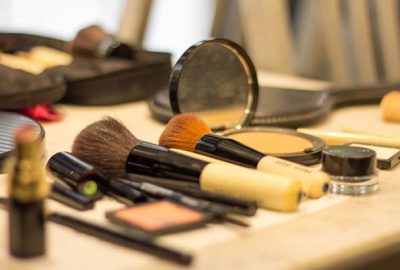A History of Waist Trainers
With so many celebrities taking to social media with pictures of them wearing waist trainers, such as the Kardashians, it’s easy to believe they are a relatively new phenomenon. However, the history of the waist trainer dates back several hundred years – even if the concept was slightly different than that of waist trainers today.
Waist trainers have been around in various forms since the 16th century. In fact, King Henry II’s wife Catherine de’Medici made corsets more of a popular item when she imposed a ban on “thick” waists. If you had a thick waist, which she hated immensely, you would do everything you could to rid yourself of it – which often involved wearing a corset.
The aim of the corset, which is different than that of today’s modern waist trainer, is to constrict your waist into an hourglass shape and shrink your waist size. Doctors even used them to promote better posture. They believed that if you wore a corset, you could treat scoliosis and other similar spinal conditions.
For those who wore them to train their waists, which was the majority of wearers, they would aim for a waist size of around 16 to 18 inches. This process could take several months through daily tightlacing. Before long, however, doctors realized the implications such a process had on vital organs, and the popularity of corsets had begun to wear off by the early 1920s. This was also, in part, due to the increasing popularity of girdles, lingerie, and brassieres which appealed more to the ladies’ tastes.
While the constrictive corsets of the 16th century are no longer as fashionable, corsets and waist trainers still do exist in various forms. In the last few years, in fact, their popularity has skyrocketed. They are used in various steampunk settings, for BDSM, and by those who consider themselves to be within the “Goth” subculture. Waist trainers, today, however, aren’t designed to constrict your organs, change your lower rib cage, or cause extreme discomfort. Therefore, they are treated with far more enthusiasm today than they ever were before.
People, particularly women, now use them to flatten their stomach, reduce fat around the midsection, increase thermal activity during a workout, suppress their appetite, accentuate curves, and help with posture. Rather than be made of leather or similar material, and instead of tightlacing, modern-day waist trainers are typically made with natural latex and clasps that hook into place comfortably.
While the waist trainer has come a long way since the early days of restrictive corsets, it’s still helpful to be aware of the side effects of their use. While they are nowhere near as dangerous to the human form as previously, be sure to always follow user instructions. If you feel pain or extreme discomfort, or you can’t breathe, it’s crucial that you remove your waist trainer immediately.




